Every gardener dreams of a luxurious and cozy garden. To create it, you need to take care of the plants, although most of them are undemanding in care. In order for them to please with lush and plentiful flowering, you need to know when to plant them. For example, boarding hydrangeas in autumn in the open ground will allow you to get a beautiful flowering bush in spring.
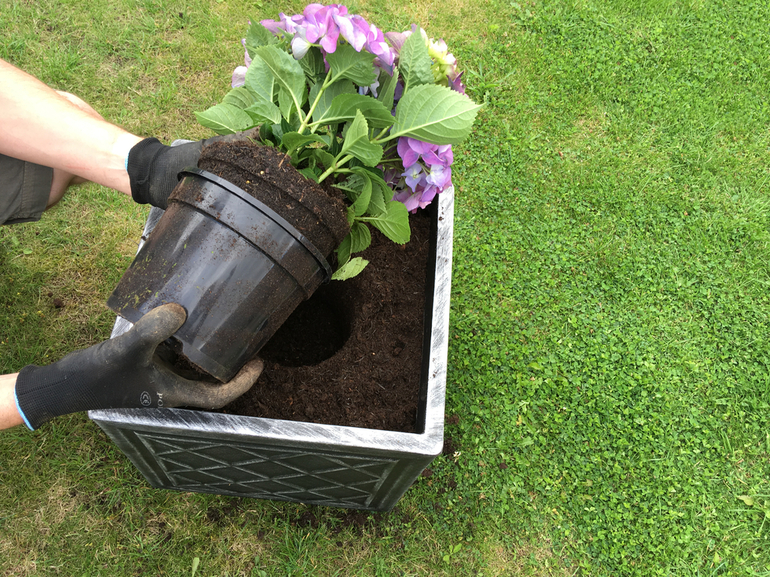
Content
a brief description of
Lush and vibrant hydrangeas are very popular among gardeners. From Latin, the name of the flower is translated as "a vessel with water." It is a light and moisture-loving plant, and it loves water so much that it is better to water it more than not.
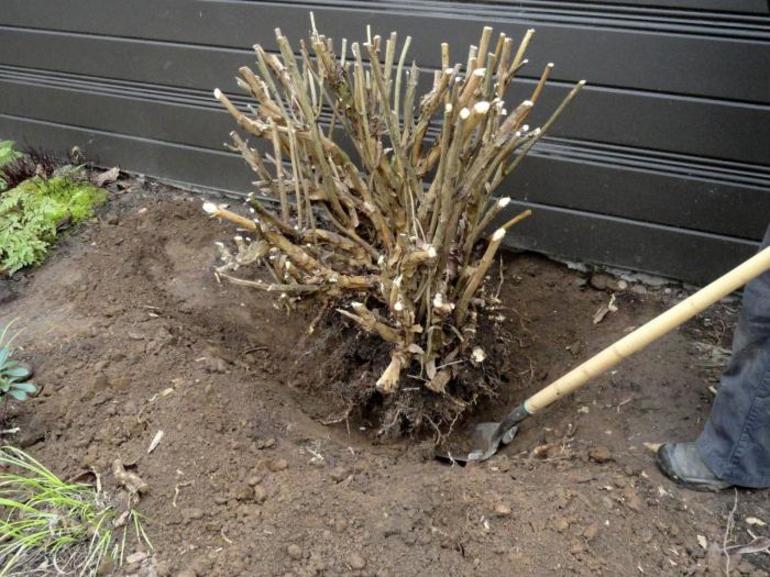
The genus Gortenzievs has approximately 70−80 species. Many of them grow in East Asian countries. Shrub hydrangeas sometimes grow up to 3 meters high. Among the representatives there are similar to vines, which gradually encircle tree trunks.
Hydrangeas can be deciduous and evergreen. Among fans of these plants, the first option is often cultivated. Flowering of such shrubs begins in the spring and continues until the onset of autumn. Their inflorescences of a spherical shape, collected at the ends of the stems, amaze with their splendor and variety of colors. The most common are:
- blue;
- pink;
- white;
- lilac;
- red.
When the flowering season ends, boxes with a large number of seeds appear on the shrub. Depending on the composition of the soil, the shade of inflorescences in blue and pink representatives may vary.
Colorful and lush flowers always attract attention, so hydrangea lovers often plant them in their personal plots.
Seat selection
The main species include panicle, treelike and large-leaved hydrangea. Each one differs in its rules in care and transplantation. However, any of them will develop well if landing in open ground is carried out in compliance with the rules.
It is recommended that you select an open area with more diffused light and less wind. The best option is a place in the middle of the lawn. It is contraindicated to plant near trees, as these two plants will compete for moisture. Panicled hydrangea reacts poorly to the active sun and quickly fades. She also loves water, and bright sunlight will not let her linger in the soil.
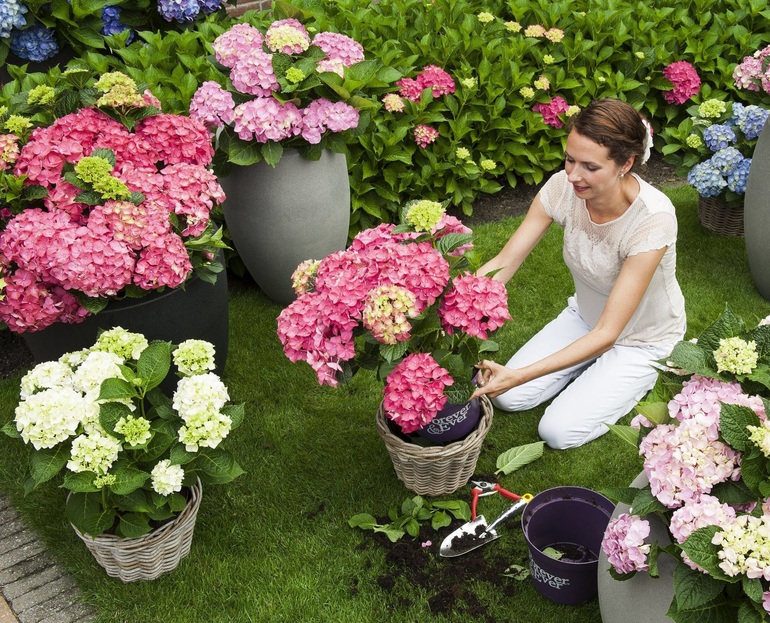
Shrubs tolerate cold weather well, but drafts adversely affect flowering. After this, flower-bearing buds and branches begin to freeze. For this reason, they are not recommended to be planted very close to fences and cold stone walls. Ideally, if the landing place has a diameter of at least 1.5 m, because the bushes are large and lush. They need a lot of free space for normal development.
Optimal timing
After choosing a suitable place, flower growers think about when it is better to plant hydrangea - in autumn or spring. At this time, you can carry out work, but the autumn planting will give you the opportunity to immediately get the first spring flowering.
Planting dates always depend on the climatic conditions of the region. For example, in the southern regions and the middle zone of Russia it is best to do this in September or early October. In colder areas, it is advisable to start planting in early September, so that the bush has time to take root before the onset of cold weather. In the northern regions, frost-resistant hydrangea is planted only in spring.
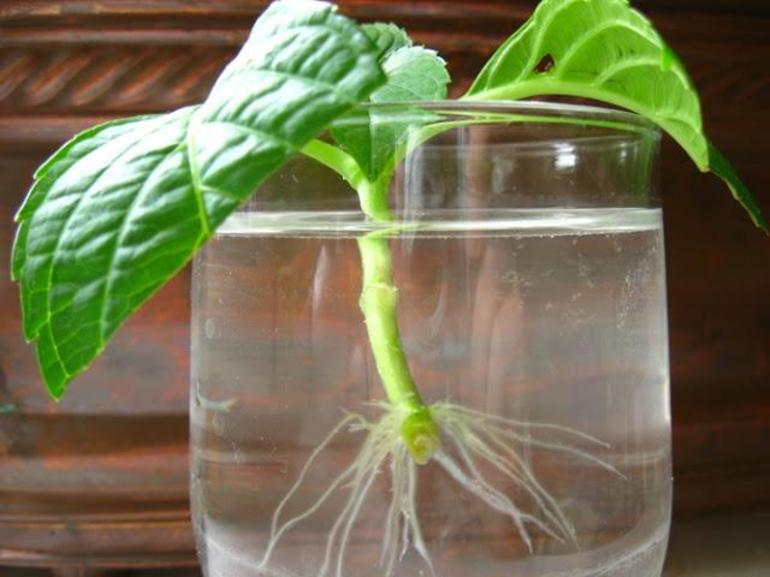
Planting dates also depend on the variety of flower. For example, large-leaved is better to plant in the spring, because it is thermophilic. With autumn planting, there is a risk of not guessing the time, and then frost can damage the buds and leaves of the plant.
It is better to transplant young plants obtained from the cuttings in the current season in the spring. Work with planting in the fall in the open ground can be done when the seedling is well developed. This rule is especially relevant for cold regions. Hydrangeas are considered shade-tolerant, and direct rays will have a negative effect on them.
Many beginner gardeners are baffled by a hydrangea transplant in the fall. The timing of such work is determined by climatic conditions. Experts recommend planting a seedling in open ground no deeper than 10-15 cm approximately 4 weeks before the onset of frost.
Among the benefits of autumn planting are favorable weather conditions. At this time, solar activity is less, and autumn rains bring favorable moisture to the soil and air. This will allow the bush to take root faster in a new place, which will improve its further development.
Good rooting will protect the young plant from winter cold if planted correctly and in the optimal time.
Landing rules
When buying a seedling, you need to pay attention to its root system. Only a healthy bush can grow and develop well. It is believed that such a plant underground part should be no less than aboveground.
If the root of the bush is small, there are a lot of leaves and inflorescences, then during cultivation too often they applied highly effective fertilizers and watered intensively. Such instances endure new conditions poorly and poorly developed. Very often, after a transplant, they die, so you need to know how to plant hydrangea in the fall or spring.
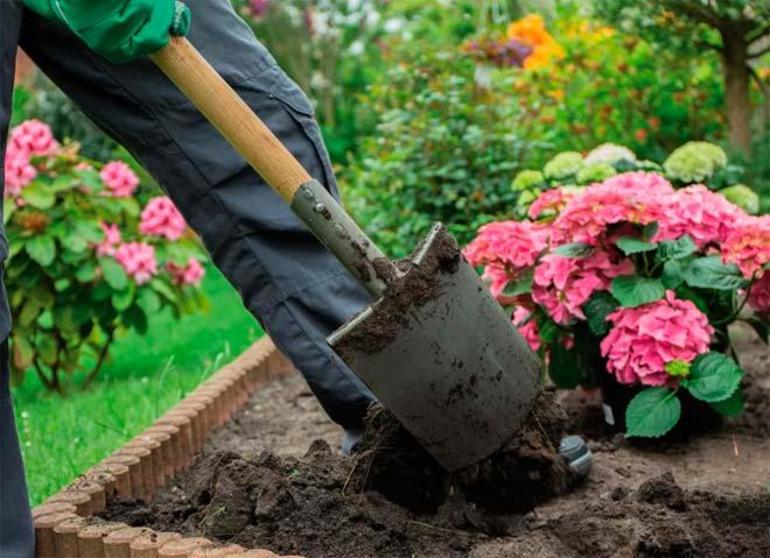
When planting a healthy seedling, it is necessary to straighten the root so that it can freely occupy a comfortable position. To do this, dig a hole with a diameter of 0.5 m and up to 0.7 m deep for planting. When planting several copies at once, you need to leave more space between them. If the bushes are large, then transplanted hydrangea panicled in autumn or spring is done at a distance of about 2.5 m. This interval will enable them not to interfere with each other freely and actively grow.
The soil for this plant is nutritious, light and slightly acidified. If the soil on the garden is not quite suitable, then you need to prepare a special mixture, consisting of the following components:
- 2 parts of turf or leaf land;
- 2 parts of humus;
- 1 part of sand and horse red peat.
To the composition is also added 2 tbsp. tablespoons of potassium sulfate, 1.5 tbsp. urea and 4.5 tbsp. tablespoons of superphosphate. This will allow the plant to get all the necessary substances for normal growth and rapid development.

Most summer residents choose a landing place in advance, about 3-4 weeks before planting. A few days before the planned work, the pit must be filled with a mixture and filled with water, then left for 3-4 days. The soil will settle over this period.
Before planting in open ground, hydrangea must be removed from the pot without removing the earthen lump, and then put into a hole. If an adult seedling is transplanted, then you just need to straighten the roots and place the plant in the center of the pit. After this, it is necessary to fill the soil mixture, but so that the root neck remains at the level of the earth cover. Then compact everything and pour 8-12 liters of water.
After planting, it is advisable to mulch the soil with peat or needles with a layer of 4-7 cm. This will enable the soil to retain moisture longer and not grow weed grass. The composition must be updated with the onset of negative air temperature.
Care Features
Right care will allow hydrangeas after a transplant, take root in a new place faster. To do this, it is advisable to water the plant with soft rain water or use a well-maintained tap water. Many summer residents add 10 l to 20-25 g of citric acid or 1 tbsp. vinegar.
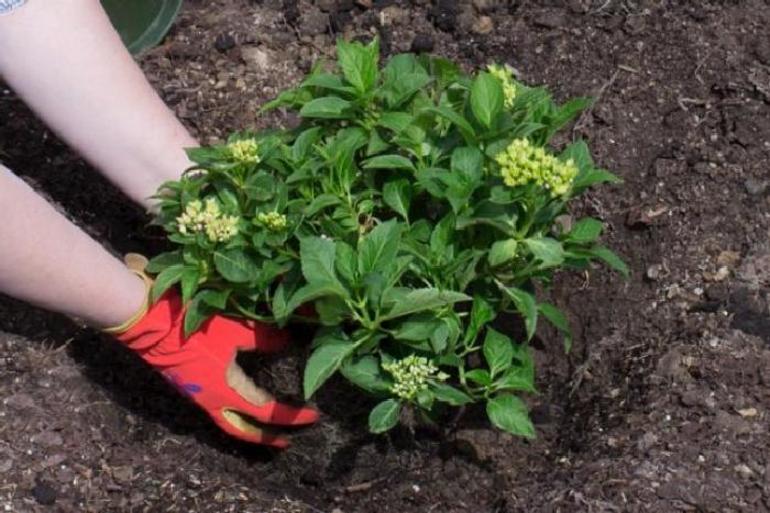
It is recommended after each watering to loosen the soil around the bush. This procedure will help strengthen the root system and help to avoid fungal infections. It is also necessary to periodically add a weak solution of potassium permanganate to the water.
It is impossible to achieve beautiful flowering without proper care and timely top dressing, the main part of which the plant receives when planting. In autumn, applying nitrogen fertilizers is not recommended. They are necessary only in the early spring, and during the budding period, during flowering and after it, potassium-phosphorus compounds are necessarily added.
In order for the bush to quickly adapt and be able to take root well in a new place, it is recommended to perform anti-aging pruning. To do this, remove all old and broken branches from the seedling.
Winter preparations
All young plants need protection against frost. They must be wrapped up before the cold. Do not carry out such a procedure only in the southern regions. When the mark in the afternoon on the thermometer drops to 2−5about, a young bush must be spud.
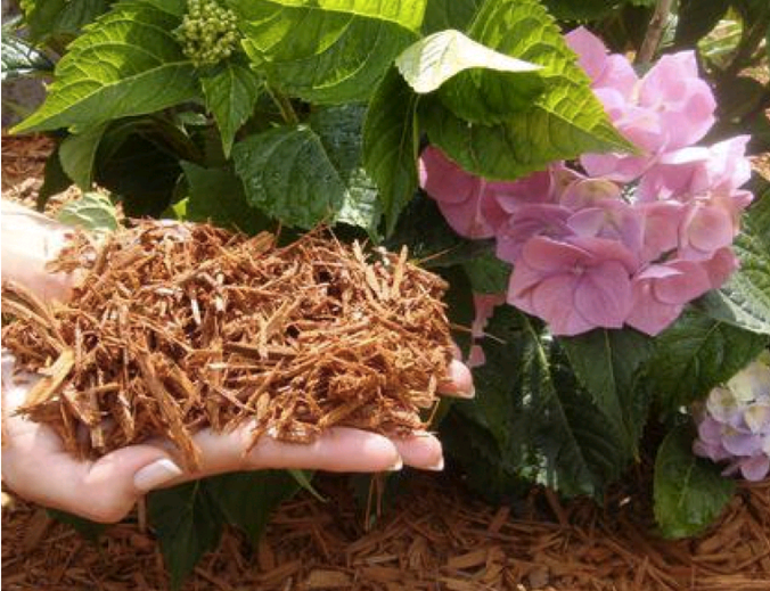
Sawdust, peat, straw cutting are added to the near-trunk zone around the plant and spud up to a height of 30 cm. All stems of the bush must be bundled. They can also be bent to the soil separately and then fixed to the surface. From above the plant is covered with branches, burlap or agrofiber.
In the spring, even before the onset of warm days, it is necessary to remove the shelter in order to prevent hydrangea from heating up. Proper pruning is also very important, but it is only carried out on plants that are at least 4 years old. Weak, damaged, dry and old branches are removed, cutting them to 2/3 of the length.
Simple rules of care and proper transplantation will make the plant strong and healthy. It will bloom beautifully and abundantly annually, decorating any garden or infield.

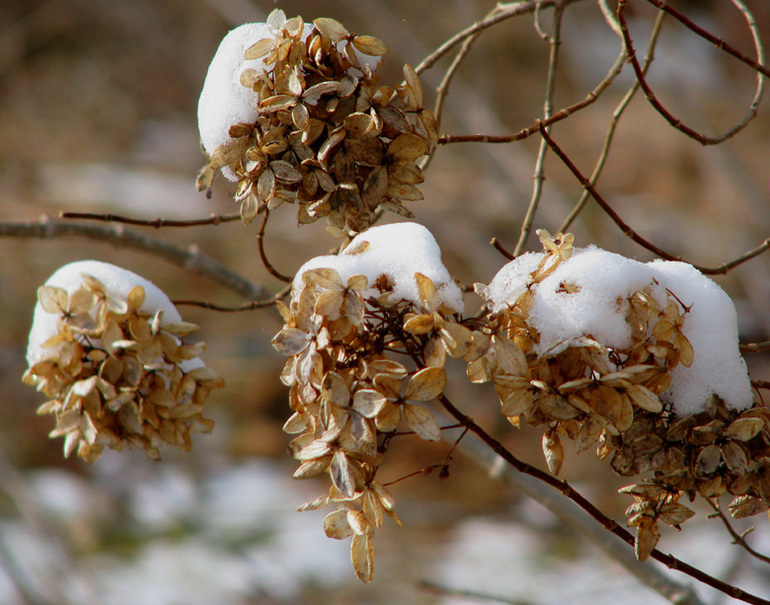
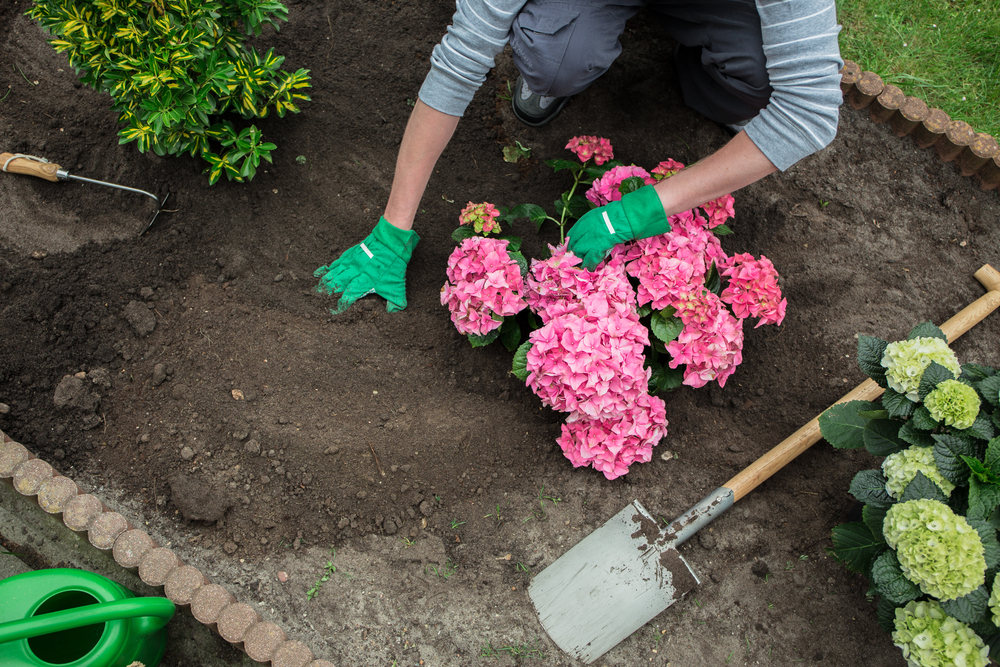

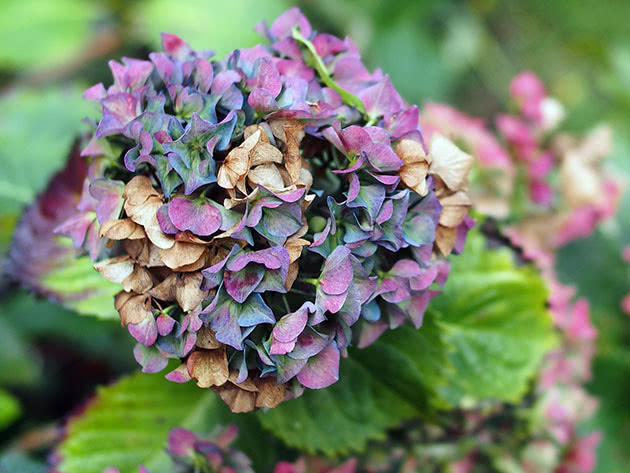 How to propagate hydrangea in the fall: methods, cuttings
How to propagate hydrangea in the fall: methods, cuttings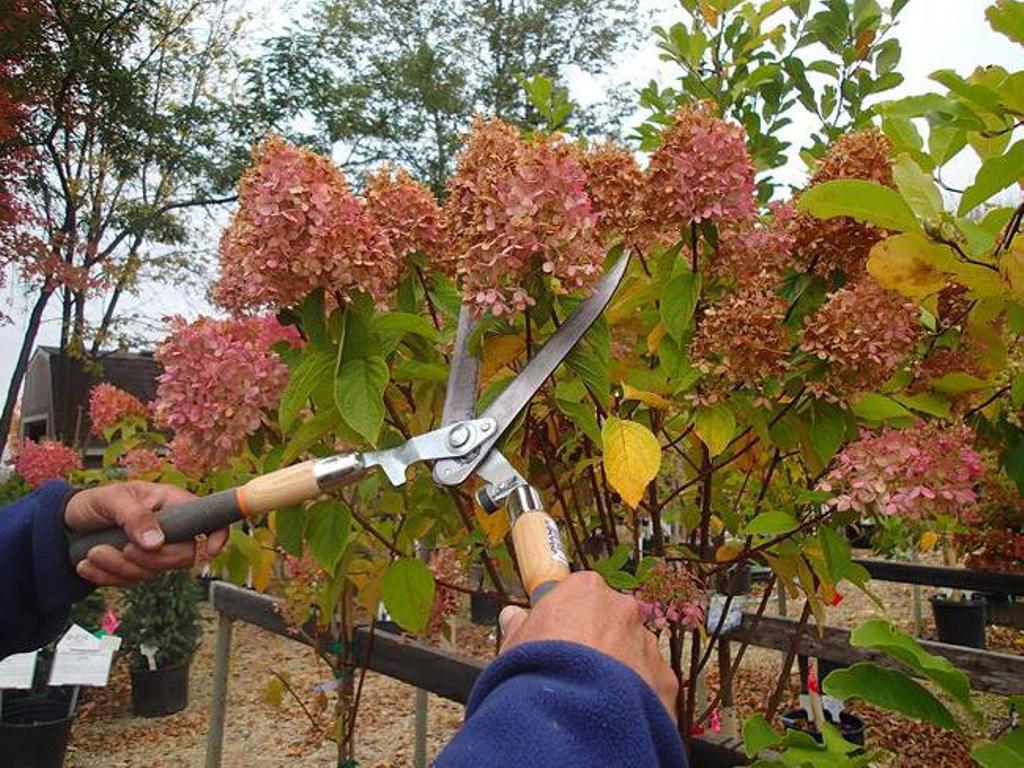 Hydrangea care in the fall and winter preparations
Hydrangea care in the fall and winter preparations How to feed hydrangea for lush flowering
How to feed hydrangea for lush flowering How to hide hydrangea in Siberia for wintering
How to hide hydrangea in Siberia for wintering